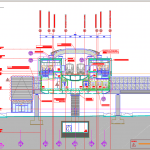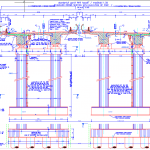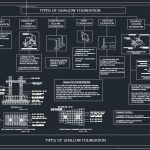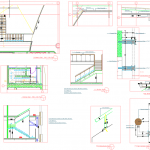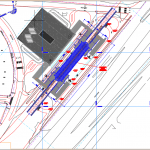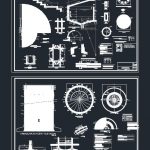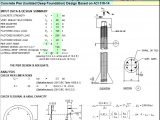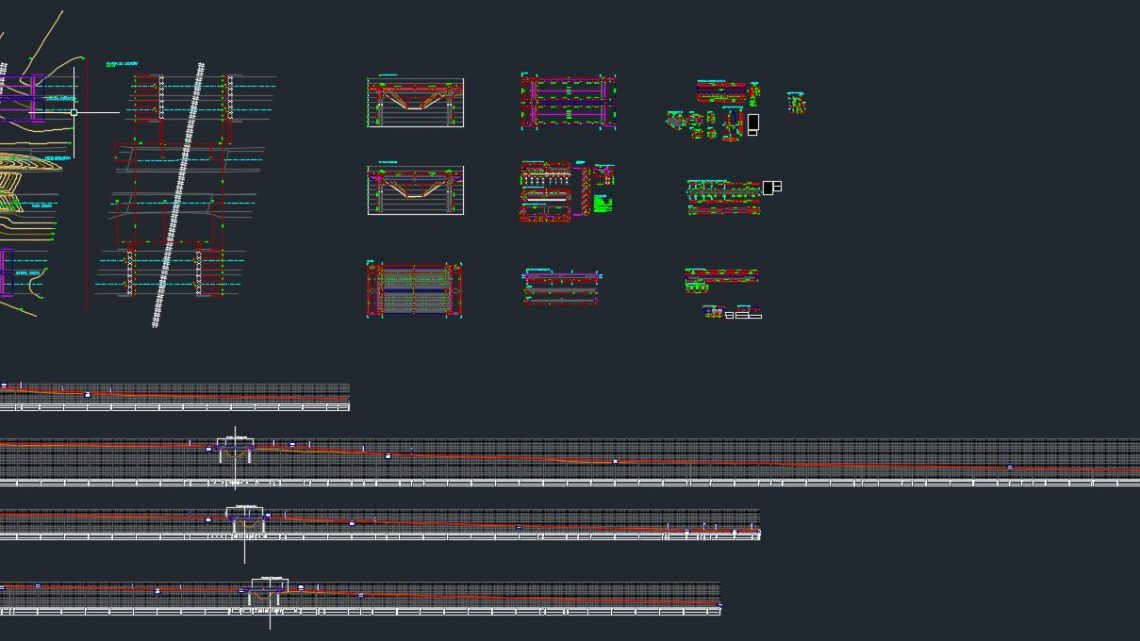
Railway Viaduct Project Autocad Drawing
5 May 2025Table of Contents
Railway Viaduct Project Autocad Drawing
A railway viaduct is more than just a bridge—it’s a critical structure that allows trains to pass over valleys, roads, waterways, or even urban infrastructure. As global demand for faster, more reliable transportation grows, viaducts are becoming essential to modern railway systems. Whether in bustling cities or remote landscapes, railway viaducts play a key role in ensuring safety, efficiency, and connectivity.
In this article, we’ll explore what a railway viaduct is, its history, types, benefits, and why it’s becoming an indispensable part of railway infrastructure.
What is a Railway Viaduct?
A railway viaduct is a long elevated structure supported by a series of towers or piers, used to carry train tracks over obstacles. Unlike simple bridges, viaducts typically span much longer distances and consist of multiple spans or arches.
These structures are designed to support the massive weight and dynamic loads of passing trains, making their engineering and construction both complex and fascinating.
A Brief History of Railway Viaducts
Railway viaducts have been around since the early days of rail travel. One of the most famous early examples is the Ribblehead Viaduct in the UK, constructed in the 1870s. Built using stone masonry and sheer human effort, such structures are a testament to early engineering prowess.
Today, modern viaducts use advanced materials like pre-stressed concrete, steel girders, and even composite systems to handle higher speeds and heavier trains.
Types of Railway Viaducts
There are several types of railway viaducts, each suited for specific terrain and structural requirements:
-
Arch Viaducts: Often made from masonry or concrete, these feature a series of arches and are commonly found in older rail systems.
-
Beam or Girder Viaducts: Straight and supported by vertical piers, they’re popular in modern designs for their simplicity and cost-efficiency.
-
Box Girder Viaducts: Used for high-speed rail, offering strength and aerodynamic advantages.
-
Cable-Stayed and Suspension Viaducts: Rare for rail but used in special cases requiring long spans with minimal support.
Why Are Railway Viaducts Important?
-
Overcoming Terrain Challenges: Viaducts help trains maintain a steady gradient, which is crucial for speed and efficiency.
-
Urban Integration: In dense cities, viaducts reduce the need for tunnels or ground-level tracks that disrupt traffic.
-
Environmental Benefits: Elevated tracks can pass over rivers and forests without disturbing ecosystems.
-
Safety and Reliability: Viaducts reduce the risk of flooding or landslides affecting tracks, ensuring more reliable service.
Modern Trends in Viaduct Construction
With the rise of high-speed rail, modern viaducts are being designed with cutting-edge techniques:
-
Modular Construction: Speeds up building time and reduces labor costs.
-
Seismic-Resistant Designs: Especially important in earthquake-prone regions.
-
Noise-Reduction Technologies: Like sound barriers and vibration dampers to minimize impact in urban areas.
Countries like China, Japan, and Germany are leading the way in viaduct innovation, building hundreds of kilometers of elevated railway to connect major cities quickly and safely.
Challenges in Viaduct Engineering
Despite their benefits, railway viaducts come with challenges:
-
High Construction Costs: Materials, labor, and time investments are significant.
-
Maintenance: Regular inspections are needed to ensure safety.
-
Visual Impact: In urban or natural areas, large viaducts can disrupt aesthetics and draw public opposition.
Still, with thoughtful planning and community engagement, these concerns can be addressed effectively.
Famous Railway Viaducts Around the World
-
Glenfinnan Viaduct (Scotland) – Known for its role in the Harry Potter films.
-
Millau Viaduct (France) – Though mainly for cars, it demonstrates what’s possible in large-span viaduct design.
-
Changhua–Kaohsiung Viaduct (Taiwan) – One of the longest railway viaducts in the world, part of the Taiwan High-Speed Rail.
Conclusion
Railway viaducts are engineering marvels that keep the world connected, especially as we shift toward greener and faster transportation solutions. They help overcome natural and urban obstacles, making rail travel smoother, safer, and more efficient.
As technology continues to evolve, we can expect viaducts to become even more integral to sustainable rail networks across the globe.
To download more Free Autocad Files you can visit www.cadtemplates.org

